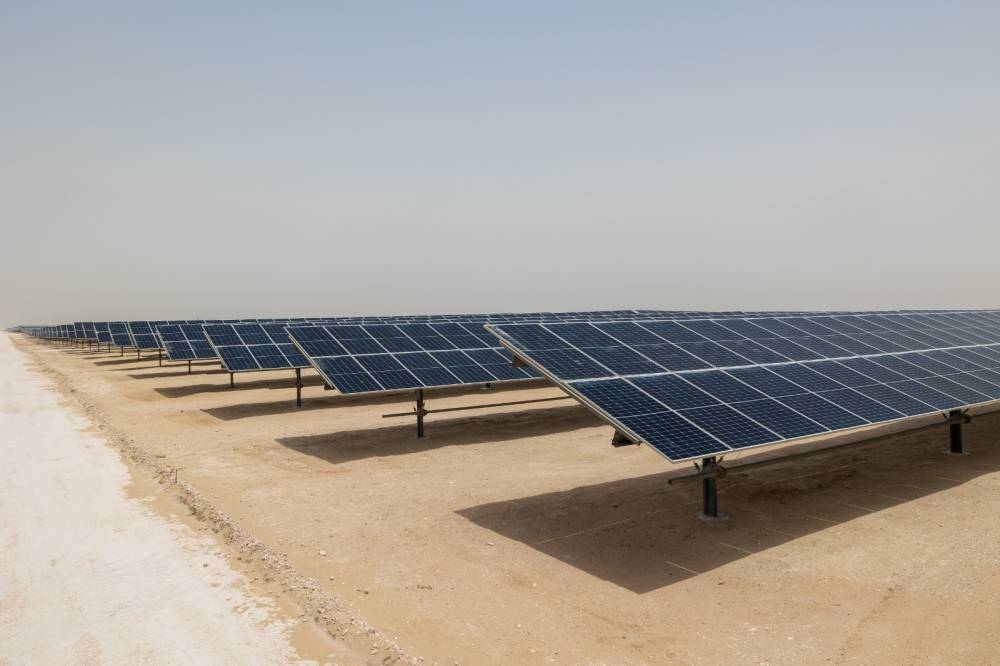Qatar's power generation sector has been forecast to provide a slight increase in natural gas use due to rising renewables capacity, according to Doha- headquartered Gas Exporting Countries Forum.
The country targets 5GW of solar capacity by 2035, driven by two additional solar power projects in Mesaieed and Ras Laffan industrial cities, GECF said in its ‘Global Gas Outlook 2050’.
The 800-MW Al Kharsaah solar PV plant was commissioned in 2022. Two additional solar power projects in industrial cities, Mesaieed and Ras Laffan, with a combined capacity of about 880 MW are planned within the next two years, GECF noted.
The Al Kharsaah Solar PV Power Plant (KSPP) is owned by a joint venture between affiliates of QatarEnergy Renewable Solutions (60%), Marubeni (20.4%) and TotalEnergies (19.6%). QatarEnergy Renewable Solutions is QatarEnergy’s investment arm specialising in renewable and sustainable energy investments and projects.
QatarEnergy is consolidating its position in the renewables business and is delivering a mid-term target of generating 5GW of solar power by 2035 as part of its Sustainability Strategy.
In addition to increasing solar capacity to over 5GW, the strategy targets reducing greenhouse gas emissions, and deploying carbon capture and storage technology to capture over 11mn tonnes per year of CO2 in Qatar by 2035.
In Qatar, natural gas demand is set to grow by 18bcm over the outlook period (up to 2050), GECF said. Most of additional demand comes from rising gas use linked to energy sector-related needs amid the expansion of LNG export production capacity.
Moreover, the country is exploring ways to diversify the economy and investments in low-carbon gas-based solutions are key to this diversification.
In this context, blue hydrogen generation and its derivatives are poised to present additional natural gas demand growth opportunities.
For example, Qatar recently unveiled plans to build the world’s largest blue ammonia plant: scheduled to be operational in 2026, the facility is expected to generate sales of 1.2mn tonnes per year.
Qatar’s proposed blue ammonia facility is part of the country's strategy to offer low-carbon energy solution for a sustainable future.
QatarEnergy’s affiliates, QatarEnergy Renewable Solutions and Qatar Fertiliser Company (Qafco) signed the agreements for the construction of the Ammonia-7 project, the industry’s first world-scale as well as the largest blue ammonia train, which is expected to come into operation by the first quarter of 2026.
Blue ammonia is produced when the carbon dioxide generated during conventional ammonia production is captured and stored. It can be transported using conventional ships and then be used in power stations to produce low-carbon electricity.
The new plant, which is estimated to cost $1.156bn, will be located in the Mesaieed Industrial City and operated by Qafco as part of its integrated facilities.
Qatar
Qatar's power generation sector to see increase in natural gas use: GECF
Country targets 5GW of solar capacity by 2035

The country targets 5GW of solar capacity by 2035, driven by two additional solar power projects in Mesaieed and Ras Laffan industrial cities, GECF said in its ‘Global Gas Outlook 2050’.

